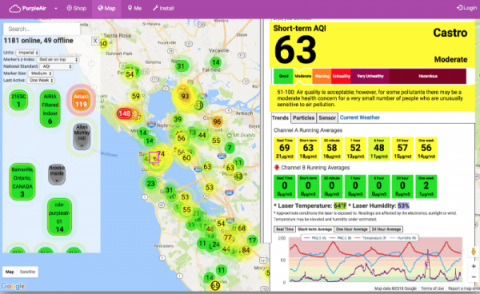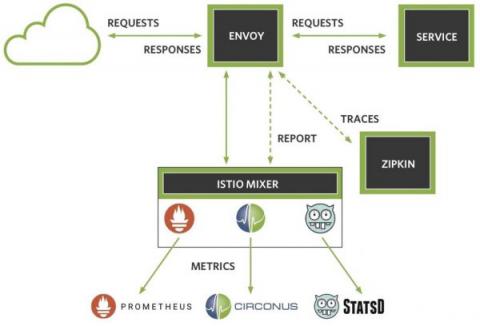Operations | Monitoring | ITSM | DevOps | Cloud
IoT
IoT open source - what are its advantages and disadvantages?
When we talk about IoT (or the Internet of Things), we immediately imagine a series of devices – although IoT is much more than that, we often think of household appliances – working in a coordinated way, as if by magic. But those who work with magic (like those who work with engineering) know that behind a great effect there is a complicated and laborious mechanism designed to make the trick work perfectly, and the audience is first surprised and then breaks into applause.
Azure IoT and Pycom
Air Quality Sensors and IoT Systems Monitoring
2017 was a bad year for fires in California. The Tubbs Fire in Sonoma County in October destroyed whole neighborhoods and sent toxic smoke south through most of the San Francisco Bay Area. The Air Quality Index (AQI) for parts of that area went up past the unhealthy level (101–150) to the hazardous level (301–500) at certain points during the fire. Once word got out that N99 dust masks were needed to keep the harmful particles out of the lungs, they became a common sight.
Unlock the Value of IoT with Performance Monitoring
A new MIT Technology Review report reveals why—and how—application performance monitoring (APM) is the key to deriving maximum business value from the Internet of Things. Here’s what IT pros can learn from the findings.
Air Quality Sensors and IoT Systems Monitoring
Operating containerized infrastructure brings with it a new set of challenges. You need to instrument your containers, evaluate your API endpoint performance, and identify bad actors within your infrastructure. The Istio service mesh enables instrumentation of APIs without code change and provides service latencies for free. But how do you make sense all that data? With math, that’s how.








